10 tips for managing client expectations
Keep projects moving along nicely by making sure your client knows the score
Plan the project well
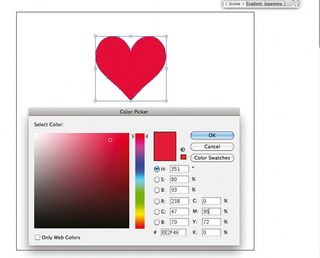
Know how much you need to charge and how long the project is likely to take. Add delivery and running costs, the salary you need, and another 30 per cent for your profit and buffer. If the client has a fixed budget, define your hourly rate and allocate time to finish the project – but present your quote as an estimate that’s subject to change.
What’s not included
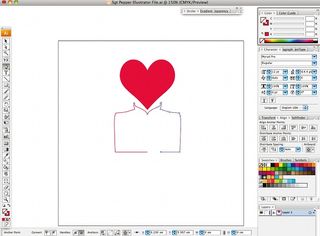
Be as explicit as you can about what you are delivering. Break the job into stages, and outline how many ideas, meetings and rounds of iterations they can expect. Corrections kill profit, so be up front about how many rounds the client will get. Making these prohibitively high is a good tactic.
Who are the key contacts?
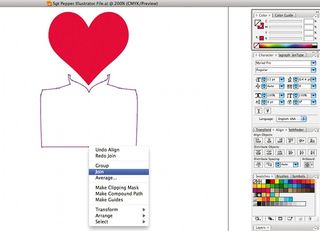
Make sure there is one point of contact between the client and the design team. A client needs to know who to go to for any questions or issues. It’s so much easier to keep that contact with one person for the duration of the project. Having more than one point of contact only encourages the game of Chinese whispers.
Regular client meetings
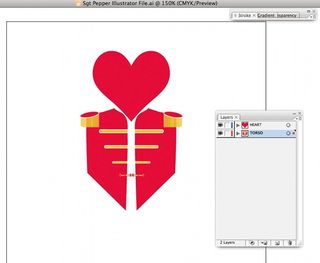
Always present your ideas and development in person at the end of each stage. Frame all your thinking in the context of the written brief, and make sure feedback on your ideas is as objective as possible. Face time is a great way to establish a long-term client relationship.
Clear communication
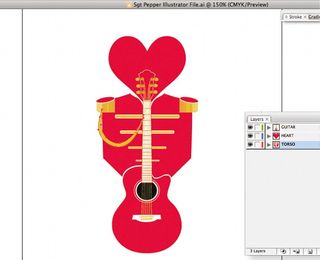
The best project management comes from clear and regular communication. At the end of any client meeting, write up your notes and highlight the agreed next steps. Present them back for review and check they’re happy with your summary. Nothing dispels client disputes better than an agreed statement of next steps.
Schedule payments
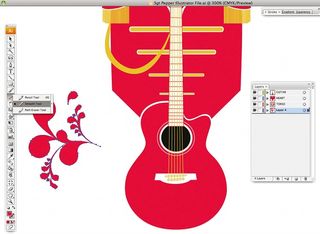
If it’s a new client, there’s no harm in asking for 25-50 per cent up-front. But it’s simpler to invoice in chunks, at the end of each stage. State your payment terms, make them short(ish) so you can chase late payments sooner than later – at Sparks we use 14-day terms. Include time allocated for the client’s review of your work and feedback.
Be accountable
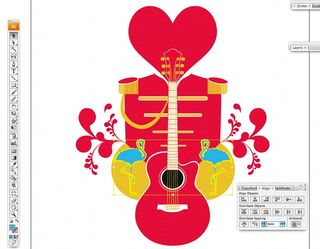
Never be afraid to admit that you have got something wrong or misunderstood feedback. Clients appreciate candour, so the more transparent and honest you can be in all your communication, the better the relationship will be in the long term – it’s about building up trust.
Get the Creative Bloq Newsletter
Daily design news, reviews, how-tos and more, as picked by the editors.
Get it in writing
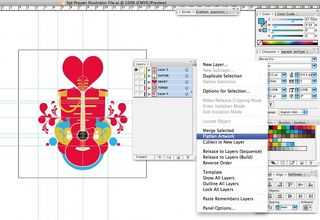
If you have structured and tied down a quote and brief for the job, you can use this as the basis of a contract and the terms of the project. You could also define wider terms and conditions – like who owns the copyright – but these are only of value for substantial projects that might take months rather than weeks to turn around.
Difficult clients

Don’t give nightmare clients a reason to complain about you. Learn to bite your lip – it’s often more a reflection of the client’s personality than the quality of your work. Get the job done to the best of your ability but don’t be afraid to push back on unreasonable feedback.
Get paid for pitches

Your creative ideas are your key selling point so why would you want to give them away speculatively? If you’re asked to pitch, push back and question. Ask the client what they expect to see which cannot be demonstrated in your existing portfolio. Any client that wants ideas up front is probably best avoided in the long run.
Illustrations by Ryan Chapman

Thank you for reading 5 articles this month* Join now for unlimited access
Enjoy your first month for just £1 / $1 / €1
*Read 5 free articles per month without a subscription

Join now for unlimited access
Try first month for just £1 / $1 / €1
The Creative Bloq team is made up of a group of design fans, and has changed and evolved since Creative Bloq began back in 2012. The current website team consists of eight full-time members of staff: Editor Georgia Coggan, Deputy Editor Rosie Hilder, Ecommerce Editor Beren Neale, Senior News Editor Daniel Piper, Editor, Digital Art and 3D Ian Dean, Tech Reviews Editor Erlingur Einarsson and Ecommerce Writer Beth Nicholls and Staff Writer Natalie Fear, as well as a roster of freelancers from around the world. The 3D World and ImagineFX magazine teams also pitch in, ensuring that content from 3D World and ImagineFX is represented on Creative Bloq.
